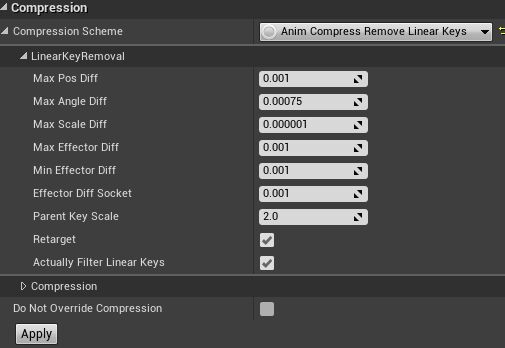
All and all, this gives the modeler more time to work on the model and see how it's being used, allows the setup artist to build to the animator's need and work within a clean, non animated rig file, and lastly gets rigs to the animators faster to produce initial work and test the setups the technical artists are creating. Facial animation, mesh swapping on existing rigs, spot fixes on the bind, and other updates can be seen on existing animations all with out transferring the animation to a new rig or having to go in and fix individual files. This sort of overlap can last all the way through a project. Once the model is updated in the rig, the next time the animator opens their animation, the latest rig and model will already be there. While the model is being finalized, textured, and so on, the rig can be updated accordingly with secondary elements, all while the animation is being created. Now you have three different facets of the pipeline working at the same time, instead of "one ends, the other begins".

This will not be the final rig with all the bells and whisles but will be enough to allow the animator to start previs or blocking in animations. Once a character model is approved or even their proportions are approved, an Animation rig can be created using that base mesh. With the rig referenced into the animation file, you can save your existing animation, go fix the rig in its own file, reopen your animation and the changes apply themselves. A cleaner way of working in this situation is to use File Referencing. Not to mention, you'll need to redo these changes or strip out the animation to set the rig back to default, to prevent having to redo these changes on the next animation. So now, to save your animation, you'll have to fix a rig that has been animated and manipulated out of base pose in order to move forward. A few hours pass when you realize that neck control doesn't work,the right fingers are not bound to the joints, and the UVs are all goofed. So you open the rig file, start setting keys and crafting your animation. You've just received a new character rig and are assigned a new animation shot. How referencing applies to an animation pipeline. In this write up, I'll be referring to Character Rigs being the file that's referenced, however you can also reference environments, light setups and many other files.

This process can blur the point where one artist's work is done and the next can start, as in the model is finished and is now ready to rig.

Referencing allows you work on temporary assets that can be updated in your existing file throughout the project pipeline. To get the most out of reference, following a few key steps can save a lot of head ache later on down the line.įirst off, what is file referencing and why is it so valuable? Getting the most out of File Referencing in Maya for an Animation Pipeline - Kiel Figgins Getting the most out of File Referencing in Maya for an Animation Pipelineįile Referencing in Maya is invaluable for any animation pipeline, especially projects involving characters.


 0 kommentar(er)
0 kommentar(er)
